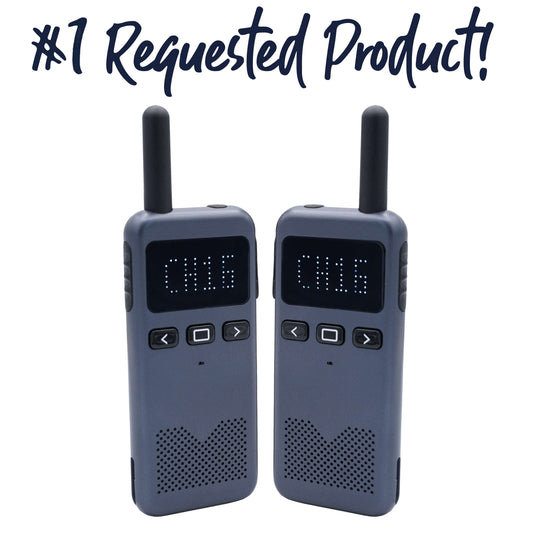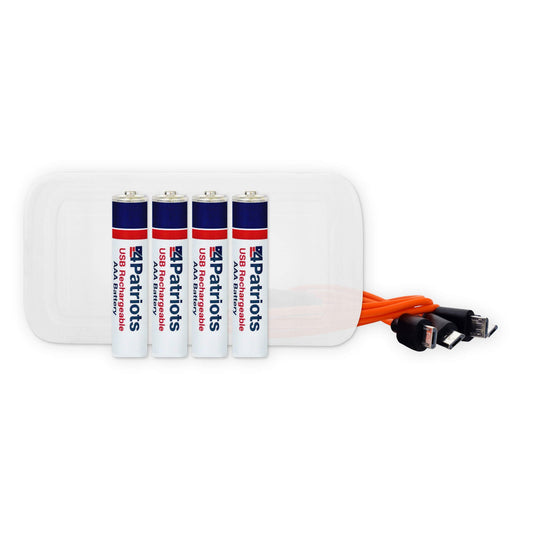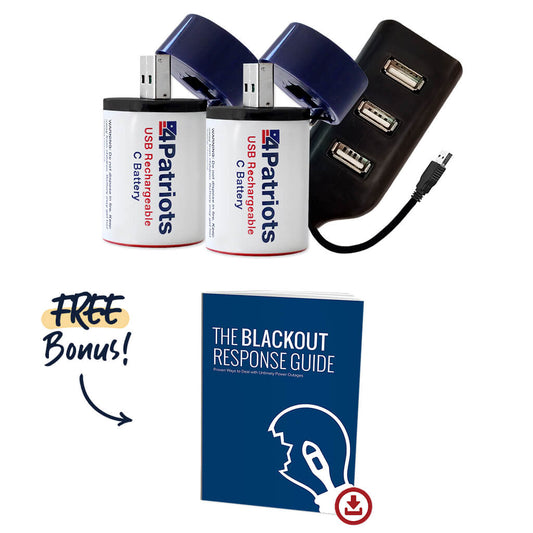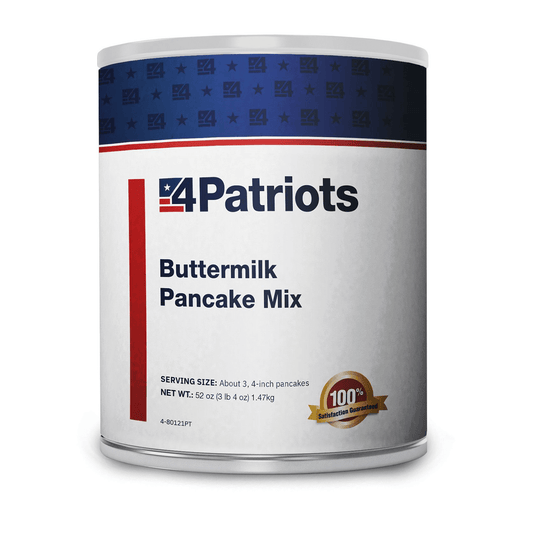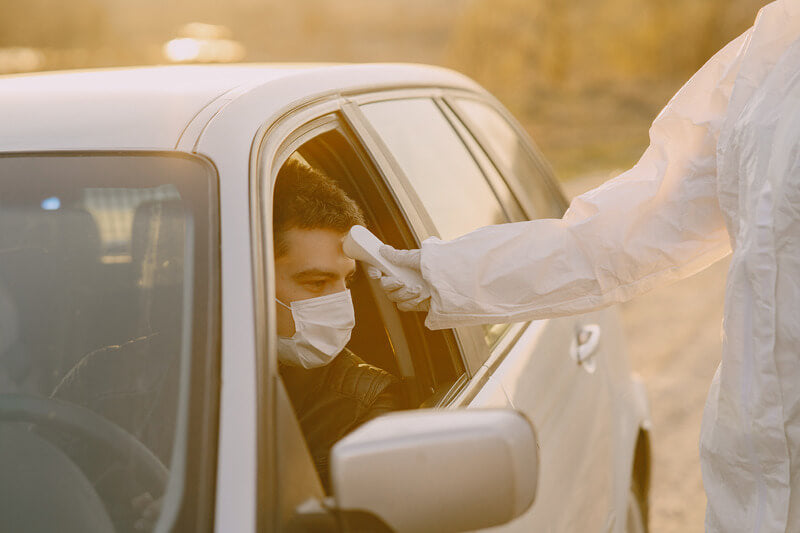
Takeaways From the CDC’s COVID-19 Response

How do you think the CDC has handled the COVID-19 pandemic?
I’ll ask that question again at the end. In the meantime, let’s discuss criticisms and compliments our top public health agency has received.
The Centers for Disease Control and Prevention has been around for 74 years. And it has never faced a crisis such as this one.
There have been more than 4.2 million confirmed cases of COVID-19 in America. The CDC suggests the real number is far higher. The pandemic has resulted in over 146,000 American deaths.
Confusing Directives
Early on, it became clear COVID-19 was hitting the U.S. hard. The CDC soon made a number of mistakes with testing. And its accounting of infections and deaths was inaccurate.
This was in part due to outdated technology across the healthcare system. Reporting systems were not uniform.
Some of the agency’s communications to the public were confusing. For example, people were told they should wear masks. Then they were informed that only N95 masks would work.
Next the public was told not to purchase N95 masks because healthcare workers needed them. Then people were told cloth masks would help slow the spread.
CDC and White House Clash
The CDC’s inability to produce accurate counts of infections and deaths led to confusion. People were not certain how serious the pandemic was.
There were too many discrepancies. The public heard conflicting information and guidance. It came from the CDC, hospital systems, and state and local public health departments.
While this was occurring, the CDC and White House clashed regarding data and directives.
Misinformation shook confidence in the agency. Resulting in some people deciding not to follow future CDC directives.
Testing Problems
Trying to control a highly contagious virus is extremely challenging. Testing is crucial to this process. It clarifies who needs to be quarantined.
But it took too long for the CDC to provide state laboratories with an effective diagnostic test.
And during the early days of the crisis, there were restrictions on who could get tested. This resulted in a greater infection spread.
Here’s an example. Washington state doctors forwarded the names of 650 people who might have been infected. The CDC agreed to test only about 250 of them.
A ‘Burdensome Hierarchy’
Part of the CDC’s job is to provide clinical medical guidance to health workers. Another part is issuing easier-to-understand information to political leaders and the public.
It can be argued the agency fell short in both tasks. Longtime former CDC employee George Schmid said this is why. The CDC is hampered by an “indescribable, burdensome hierarchy.”
So, many medical personnel searched for research articles on caring for infected patients. Rather than follow CDC advice. Citizens conducted online searches to determine how they should respond.
Recently the CDC called for the return of students to classrooms. But many local health officials believe that will only worsen the spread.
Conflicting Statements
To be fair, the CDC has often found itself between a rock and a hard place. Especially when communicating its findings and guidance.
Sometimes its recommendations are contrary to statements made by President Donald Trump. And that has caused confusion.
When he said the virus would “disappear,” the CDC countered that it was actually spreading more.
While the CDC encouraged the public to wear masks in public, the president didn’t wear one.
Defending the CDC
Some people defend the CDC. James Town is medical director of the ICU unit at Harborview Medical Center in Seattle.
He said, “When they do release something, it does what CDC ought to do – retain the voice of credibility. Even if it’s coming at a slower pace. I think they’re pretty thoughtful and trying to make even-keeled investigations.”
Amy Ray is an infectious disease specialist in Cleveland. She said the CDC has not received enough credit for its response.
“They are learning at the same time the world is learning. By watching how this disease manifests,” she said.
Unfair Criticism?
Robert Redfield is the CDC director. He believes his agency has been unfairly criticized during the pandemic.
“I think history will lay down the facts correct(ly),” he said. “The real truth is, CDC did its job really in a record time. And developed the test within seven to 10 days.”
However, that initial test was a failure. It was two more weeks before the CDC provided a more accurate one.
Redfield says developing a test should not have been the CDC’s job in the first place. “It was really the responsibility of the private sector and the clinical medicine apparatus to develop these tests for clinical medicine.”
He added, “We’re constantly communicating with the American public. To make sure they get the best information that CDC has to give them.”
A Resumé of Accomplishments
Prior to COVID-19, the CDC established a strong reputation. Both here in the U.S. and around the globe.
Among its accomplishments have been helping to limit the spread of infectious diseases. Including Ebola, Zika and Yellow Fever.
The CDC has also launched healthcare provider campaigns. Such as Think Travel. This program gave healthcare workers information and tools. To be used for better communications with patients regarding international travel.
As promised, I’m repeating my original question. How do you feel the CDC has handled the COVID-19 response? Feel free to chime in with your opinions.
Featured Products
- Regular price
- From $799
- Regular price
-
- Sale price
- From $799
- Unit price
- per
- Regular price
- $249
- Regular price
-
- Sale price
- $249
- Unit price
- per
- Regular price
- $2,497
- Regular price
-
$3,194 - Sale price
- $2,497
- Unit price
- per
- Regular price
- $2,499
- Regular price
-
$2,994 - Sale price
- $2,499
- Unit price
- per
- Regular price
- From $29.95
- Regular price
-
$119.80 - Sale price
- From $29.95
- Unit price
- per
- Regular price
- $2,499
- Regular price
-
- Sale price
- $2,499
- Unit price
- per
- Regular price
- $499
- Regular price
-
- Sale price
- $499
- Unit price
- per
- Regular price
- $29
- Regular price
-
- Sale price
- $29
- Unit price
- per
- Regular price
- $2,796
- Regular price
-
- Sale price
- $2,796
- Unit price
- per
- Regular price
- $29.95
- Regular price
-
- Sale price
- $29.95
- Unit price
- per
- Regular price
- $97
- Regular price
-
- Sale price
- $97
- Unit price
- per
- Regular price
- $4,999
- Regular price
-
- Sale price
- $4,999
- Unit price
- per
- Regular price
- $49.95
- Regular price
-
- Sale price
- $49.95
- Unit price
- per
- Regular price
- From $69
- Regular price
-
- Sale price
- From $69
- Unit price
- per
- Regular price
- $201
- Regular price
-
- Sale price
- $201
- Unit price
- per
- Regular price
- From $90.97
- Regular price
-
$129.95 - Sale price
- From $90.97
- Unit price
- per
- Regular price
- $999
- Regular price
-
- Sale price
- $999
- Unit price
- per
- Regular price
- $29.95
- Regular price
-
- Sale price
- $29.95
- Unit price
- per
- Regular price
- From $29.50
- Regular price
-
$30.99 - Sale price
- From $29.50
- Unit price
- per
- Regular price
- $129
- Regular price
-
- Sale price
- $129
- Unit price
- per
- Regular price
- From $27
- Regular price
-
$399.80 - Sale price
- From $27
- Unit price
- per
- Regular price
- $3,494
- Regular price
-
- Sale price
- $3,494
- Unit price
- per
- Regular price
- From $199
- Regular price
-
$205.50 - Sale price
- From $199
- Unit price
- per
- Regular price
- $99.95
- Regular price
-
- Sale price
- $99.95
- Unit price
- per
- Regular price
- $29.95
- Regular price
-
- Sale price
- $29.95
- Unit price
- per
- Regular price
- $8.99
- Regular price
-
$29.95 - Sale price
- $8.99
- Unit price
- per
- Regular price
- $99.95
- Regular price
-
- Sale price
- $99.95
- Unit price
- per
- Regular price
- $29.95
- Regular price
-
- Sale price
- $29.95
- Unit price
- per
- Regular price
- $59.95
- Regular price
-
- Sale price
- $59.95
- Unit price
- per
- Regular price
- $11.98
- Regular price
-
$29.95 - Sale price
- $11.98
- Unit price
- per
- Regular price
- $44.95
- Regular price
-
$44.95 - Sale price
- $44.95
- Unit price
- per
- Regular price
- $24.95
- Regular price
-
$49.95 - Sale price
- $24.95
- Unit price
- per
- Regular price
- $114.95
- Regular price
-
- Sale price
- $114.95
- Unit price
- per
- Regular price
- $189
- Regular price
-
- Sale price
- $189
- Unit price
- per
- Regular price
- $499
- Regular price
-
- Sale price
- $499
- Unit price
- per
- Regular price
- $59.95
- Regular price
-
- Sale price
- $59.95
- Unit price
- per
- Regular price
- $39.95
- Regular price
-
- Sale price
- $39.95
- Unit price
- per
- Regular price
- $59.95
- Regular price
-
- Sale price
- $59.95
- Unit price
- per
- Regular price
- $19.95
- Regular price
-
- Sale price
- $19.95
- Unit price
- per
- Regular price
- $99.95
- Regular price
-
- Sale price
- $99.95
- Unit price
- per
- Regular price
- $69
- Regular price
-
- Sale price
- $69
- Unit price
- per
- Regular price
- $14.27
- Regular price
-
$21.95 - Sale price
- $14.27
- Unit price
- per
- Regular price
- $149.95
- Regular price
-
- Sale price
- $149.95
- Unit price
- per
- Regular price
- $79.95
- Regular price
-
- Sale price
- $79.95
- Unit price
- per
- Regular price
- $39.95
- Regular price
-
- Sale price
- $39.95
- Unit price
- per
- Regular price
- $114.95
- Regular price
-
- Sale price
- $114.95
- Unit price
- per
- Regular price
- $39.95
- Regular price
-
- Sale price
- $39.95
- Unit price
- per
- Regular price
- $99.95
- Regular price
-
- Sale price
- $99.95
- Unit price
- per
- Regular price
- $24.95
- Regular price
-
- Sale price
- $24.95
- Unit price
- per
- Regular price
- $24.95
- Regular price
-
- Sale price
- $24.95
- Unit price
- per


















